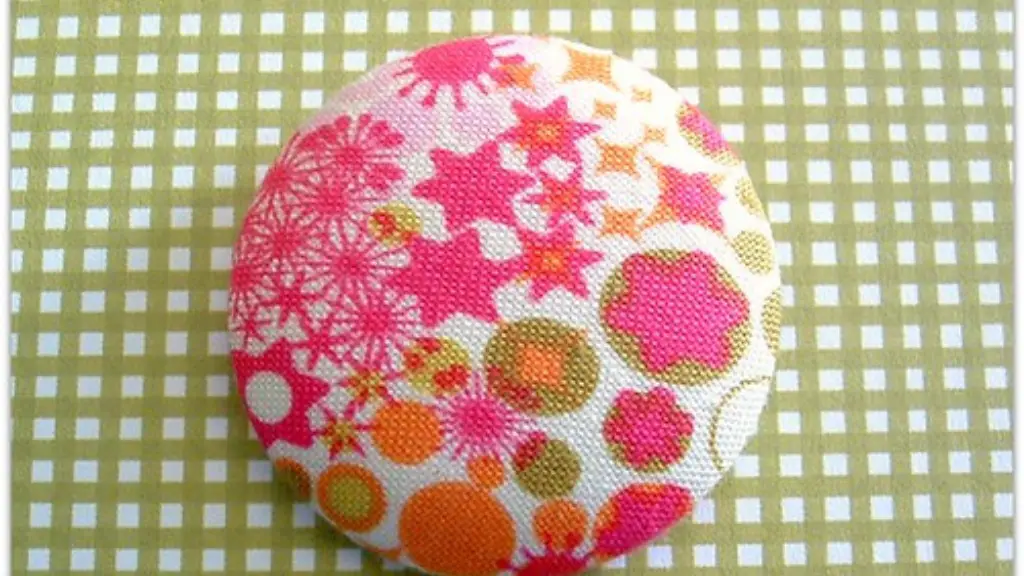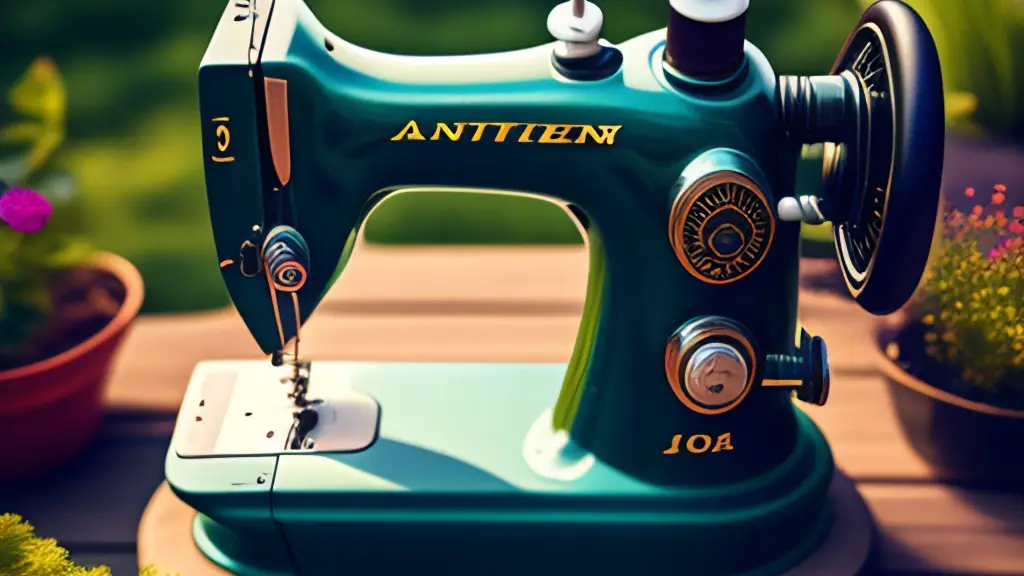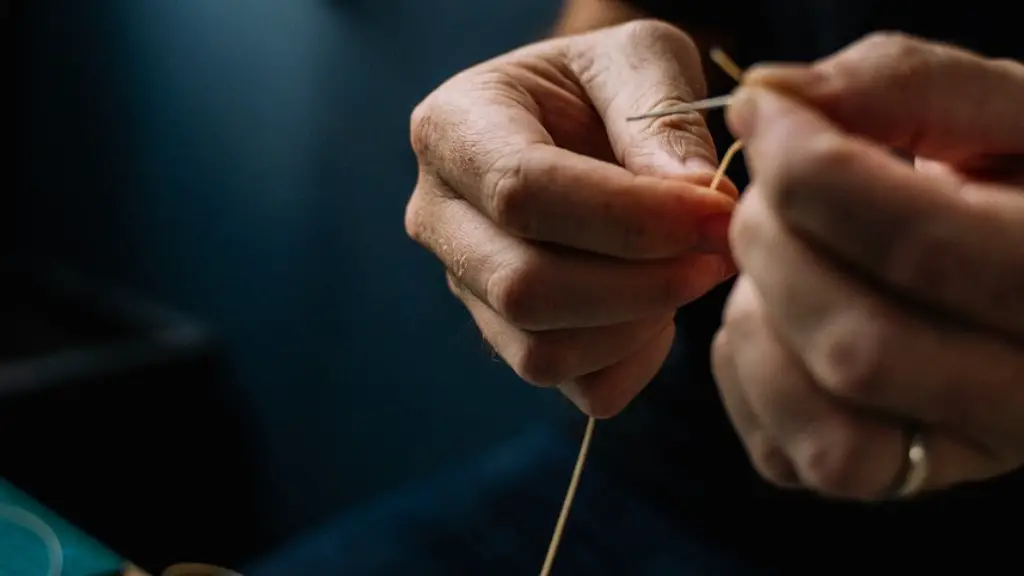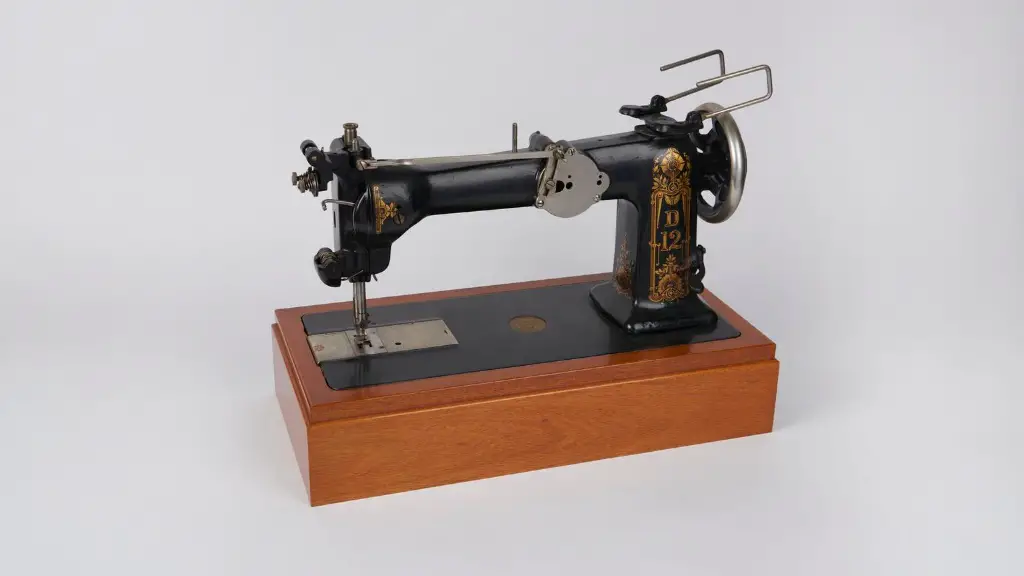Working with leather
Leather is an amazing material that can be used for a variety of creative and practical projects. You can make all sorts of things out of it, from clothes to jewelry, and even furniture! But one of the most popular ways to work with leather is to use a sewing machine to create custom pieces. In this article, we will discuss the process of sewing leather with a sewing machine, some tips and tricks to make the job easier, and why it is so important to choose the right type of machine for this task.
Understanding the leather
The first step in any leather sewing project is to have a good understanding of the type of leather you are working with. Different types of leather have different textures, thicknesses, and degrees of flexibility. It is important to know what kind of leather you have in order to determine the best approach to sewing it. Additionally, some types of leather require a special type of thread or needle in order to get the desired effects.
Choosing the right equipment
Once you know what kind of leather you are working with, you need to make sure that you have the right equipment. Different kinds of leather require different kinds of needles and threads. Additionally, the type of machine you use matters as well. If you are using a machine like a home sewing machine, then you may want to reconsider for tougher leathers, since those machines are not heavy-duty enough for thicker leathers or those that require a lot of precision. Instead, consider an industrial strength machine specifically designed for working with leather.
Stitching techniques
When sewing leather, it is important to have the right techniques. Using a machine is slightly different than hand sewing, and it is essential to use the correct techniques in order to get the desired result. Some of the most important techniques include properly setting up the fabric tension, maintaining a consistent speed of the needle, and controlling the pressure of the presser foot. Additionally, it is important to have the correct needle size and type for the leather you are working with in order to avoid any problems with breakage or skipped stitches.
Essential tools
There are also some essential tools that you will need for leather sewing. The most important tool for leather sewing is a leather punch. This tool is used to make holes in the leather so that the machine can stitch through the material. Additionally, you may want to get some special leather needles or thread for tougher or thicker leathers. And, you will also need some sort of tool to burnish the edges of your leather project in order to give it a polished, professional look.
Tips and tricks
When working with leather on a sewing machine there are a few tips and tricks that can help you get the job done right. First, always test a small portion of the leather with the machine before starting the project. This will help you get a better understanding of the right tensions, stitch speed, and needle size for the project. Additionally, practice stitching on scrap leather to get a better understanding of the stitching techniques. Finally, make sure to always use good quality thread and needles and change them when needed.
Advantages and Disadvantages
Using a sewing machine to work with leather has both advantages and disadvantages. One of the main advantages of using a machine is the speed and efficiency. Sewing machines are much faster than hand stitching and can help you finish projects much quicker. Additionally, machines can also help with precision stitching and working with thicker leathers.
On the other hand, some of the disadvantages of working with a machine include the cost and complexity. Machines can be quite expensive and may require some experience in order to operate effectively. Additionally, machines may not always be the best option for certain projects as they may not be able to handle certain fabrics or techniques.
Maintenance and Care
When using a sewing machine for leather, it is important to make sure the machine is in good working order. Regular maintenance is essential for machines to last a long time and to keep them running smoothly. Make sure to keep the machine clean, lubricated, and dust-free in order to ensure its longevity. Additionally, ensure that all parts of the machine are in good working condition.
Safety Considerations
Finally, it is important to make sure to take safety precautions when working with leather on a sewing machine. The machine can be very dangerous if not used properly, so it is important to be aware of all safety guidelines when running the machine. Additionally, make sure to always wear protective gear, such as gloves and eye protection, when working with the machine.
Testing and Troubleshooting
Once you have all the necessary tools and equipment, it is time to test to make sure everything is working correctly. Sew a few test swatches and carefully inspect the stitching results. If there are any issues, make sure to troubleshoot and find the source of the problem. Additionally, it might be a good idea to practice on some scrap leather before starting your project in order to make sure you are comfortable with the process.
Preserving Leather
When the sewing project is finished, it is important to think about how to best preserve the leather. Different leathers require different types of care in order to stay in good condition. Oils, creams, and conditioners can all be used in order to keep the leather looking fresh and in good condition for as long as possible. Additionally, make sure to store the leather projects in a cool, dry place to reduce the chance of fading and cracking.
Conclusion
Sewing leather with a sewing machine can be a great way to create custom pieces with a professional finish. It is important to understand the leather and the techniques used before getting started. Additionally, having the right type of machine, tools, and supplies is essential. With the right resources, anyone can sew leather and create amazing pieces that are both functional and beautiful.



